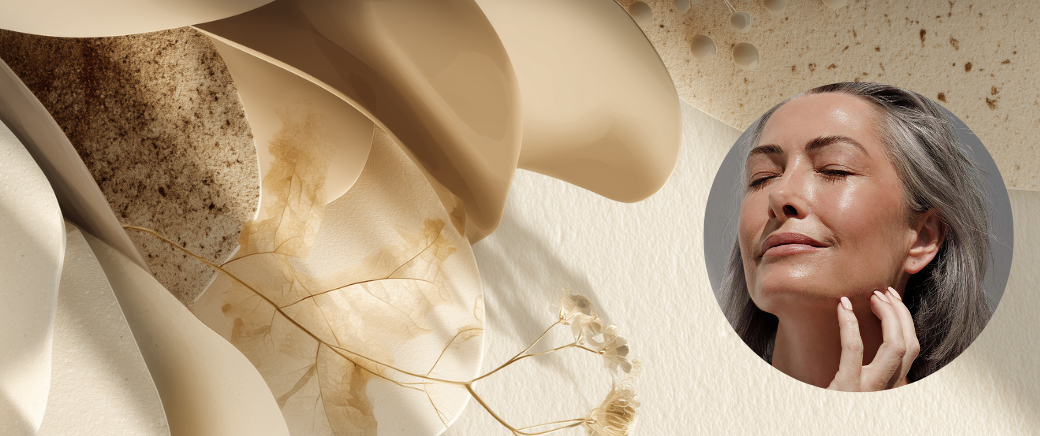
How to Apply Serum the Right Way
How to Apply Serum the Right Way: A Step-by-Step Guide for Glowing Skin
In the world of skincare, serums have earned their reputation as potent little powerhouses. Packed with concentrated ingredients, serums can target specific skin concerns like wrinkles, dark spots, and hydration. However, to truly unlock their potential, applying them correctly is key. If you want to get the most out of your serum and achieve that coveted glow, follow this comprehensive guide.
1. Start with a Clean Face
Before applying any product to your face, it's essential to start with a clean canvas. Gentle exfoliation (1-2 times) a week can help to remove dead skin cells and you'll see faster results. Do not exfoliate if you have active breakouts, broken or irritated skin.
-
Cleanse: Use a gentle cleanser that suits your skin type to remove dirt, oil, and impurities. This step ensures that your serum can penetrate your skin effectively without interference from residual makeup or grime.
-
Pat Dry: Gently pat your face dry with a clean towel. Ideally, leave your skin slightly damp as this can help the serum absorb better.
2. Apply Toner (Optional)
If you use a toner, now is the time to apply it, using a cotton pad can help to remove any skin residue after cleansing.
- Toner: Applying a toner can help balance your skin’s pH and remove any last traces of cleanser or impurities. It also prepares your skin to absorb the serum more effectively.
3. Apply Serum
Now comes the moment of truth: applying your serum.
-
Amount: A little goes a long way with serums. Typically, 2-3 drops or a pea-sized amount is sufficient.
-
Method: Dispense the serum onto your fingertips or directly onto your face. Gently pat or press it into your skin using your fingertips.
-
Application: Smooth evenly over cleansed face, neck, and wherever signs of aging (back of hands).
After applying your serum, it’s crucial to follow up with a moisturizer.
- Moisturizer: A good moisturizer helps to lock in the serum’s benefits and keeps your skin hydrated. Apply it while your serum is still slightly damp to maximize absorption and effectiveness.
5. Don’t Forget Sunscreen (Morning Routine)
If your serum application is part of your morning routine, ensure you finish with sunscreen.
- Sunscreen: A broad-spectrum sunscreen with at least SPF 30 protects your skin from harmful UV rays. This step is vital as it prevents sun damage and helps maintain the results of your serum.
6. Maintain Consistency
For the best results, incorporate your serum into your daily skincare routine.
- Frequency: Most serums are designed for daily use, either once or twice a day. Adhere to the recommended frequency on the product label and give your skin time to adapt and show results.
Tips for Optimal Results
- Patch Test: When trying a new serum, perform a patch test first to ensure you don’t have an adverse reaction.
- Avoid Overloading: Stick to a streamlined routine. Layering too many products can overwhelm your skin and reduce the effectiveness of each product.
- Proper Storage: Keep your serum in a cool, dry place away from sunlight to preserve its efficacy.
What's the difference between serum and essence?
Great question. Essences are similar to serums and are made with active ingredients, but they're typically more watery and a bit less concentrated.
Serum: The primary role of a serum is to address specific skin concerns such as aging, hyperpigmentation, or acne. Serums contain concentrated active ingredients like vitamins, peptides, or hyaluronic acid that target these concerns directly and effectively. Serums are meant to penetrate deeper into the skin to deliver active ingredients where they are needed most.
Essence: Essences focus more on hydration and improving skin texture. They are used to balance the skin and enhance the effectiveness of other skincare products that follow. Essences often contain hydrating ingredients and may also include beneficial extracts or minerals. Essences are often used to prepare the skin, making it more receptive to the other products in your routine.
While both serums and essences are integral to a skincare routine, they play different roles. Serums are potent, targeted treatments aimed at specific skin concerns, whereas essences are more about hydration and preparing the skin for further product application. Incorporating both into your routine can help you achieve optimal skin health and results.




